Are you ensuring the safety of your employees in Dubai? Conducting a Personal Protective Equipment (PPE) risk assessment is crucial for maintaining a safe work environment. In the UAE, workplace safety is a top priority, with the personal protective equipment market projected to reach $702.4 million by 2025, growing at a CAGR of 7.3%.
Let’s explore how to conduct an effective PPE risk assessment for your Dubai workplace, ensuring compliance with local regulations and safeguarding your workforce.
Why is a PPE Risk Assessment Important in Dubai?
Dubai’s rapid industrial growth has led to increased focus on workplace safety. Did you know that 38% of construction deaths in Dubai occurred due to poor supervision, with an additional 25% attributed to lack of training?
A thorough PPE risk assessment helps:
- Identify potential hazards
- Determine appropriate PPE
- Ensure compliance with UAE labor laws
- Reduce workplace accidents and injuries
Steps to Conduct a PPE Risk Assessment in Dubai
Follow these steps to perform a comprehensive PPE risk assessment:
1. Identify Workplace Hazards
Start by walking through your workplace and identifying potential hazards. Consider:
- Physical hazards (e.g., falling objects, sharp edges)
- Chemical hazards (e.g., toxic substances, corrosive materials)
- Biological hazards (e.g., infectious materials)
- Environmental hazards (e.g., extreme temperatures, noise)
2. Assess the Risks
Evaluate the likelihood and severity of each identified hazard. Use a risk matrix to prioritize risks:
| Likelihood | Severity | Risk Level |
|---|---|---|
| High | High | Critical |
| Medium | High | High |
| Low | Medium | Moderate |
3. Determine Appropriate PPE
Based on the identified hazards and risk levels, select suitable PPE. Consider:
- Head protection (e.g., hard hats)
- Eye and face protection (e.g., safety glasses, face shields)
- Respiratory protection (e.g., masks, respirators)
- Hand protection (e.g., gloves)
- Foot protection (e.g., safety shoes)
Remember, PPE should meet UAE standards or higher international standards.
4. Train Employees on PPE Usage
Proper training is essential for effective PPE use. Did you know that 74% of workers in Dubai believe their training is outdated when they do receive it?
Ensure your training covers:
- When to use PPE
- How to properly wear and adjust PPE
- Limitations of PPE
- Proper care, maintenance, and disposal of PPE
5. Regular Review and Update
Workplace conditions change. How often do you review your PPE risk assessment? The UAE’s ADOSH-SF recommends regular reviews, especially when:
- New equipment or processes are introduced
- Incidents or near-misses occur
- Regulations change
Common Challenges in PPE Risk Assessment for Dubai Workplaces
Are you facing any of these challenges in your PPE risk assessment process?
1. Diverse Workforce
Dubai’s multicultural workforce can present communication challenges. Ensure PPE training and instructions are available in multiple languages.
2. Extreme Weather Conditions
Dubai’s hot climate requires special consideration. Select PPE that provides protection without causing heat stress.
3. Compliance with Local Regulations
Stay updated with UAE labor laws and PPE standards. The Emirates Authority for Standardization and Metrology (ESMA) provides guidelines for PPE compliance.
Best Practices for PPE Risk Assessment in Dubai
Implement these best practices to enhance your PPE risk assessment:
- Involve employees in the assessment process
- Consider task-specific PPE requirements
- Regularly inspect and maintain PPE
- Document all assessments and training
- Stay informed about industry-specific PPE developments
Remember, a comprehensive PPE risk assessment is not just about compliance; it’s about creating a culture of safety in your Dubai workplace.
The UAE’s expanding construction sector has amplified the need for robust safety measures. With workplace injuries costing businesses billions annually, investing in high-quality safety helmets not only protects workers but also reduces financial liabilities associated with accidents. As awareness about occupational safety grows globally, innovative designs like smart helmets equipped with IoT features are gaining popularity in industries such as mining and logistics.
FAQs: PPE Risk Assessment in Dubai
Conduct assessments annually or whenever there are significant changes in workplace conditions, processes, or regulations.
Yes, construction sites in Dubai require specific PPE such as hard hats, safety shoes, high-visibility vests, and fall protection equipment where necessary.
No, according to UAE labor law, employees are required to use PPE provided by their employer for their safety.
Employers are responsible for providing appropriate PPE to their employees at no cost, as per UAE labor regulations.
Penalties can include fines, work stoppage orders, and in severe cases, legal action against the company.
By following these guidelines and best practices, you can ensure a thorough PPE risk assessment for your Dubai workplace. Remember, safety is not just a legal requirement; it’s a fundamental aspect of responsible business practice in the UAE.
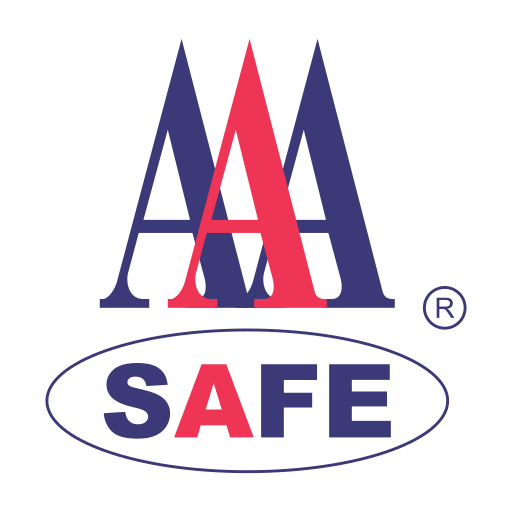
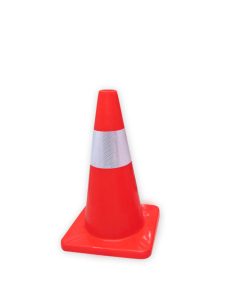
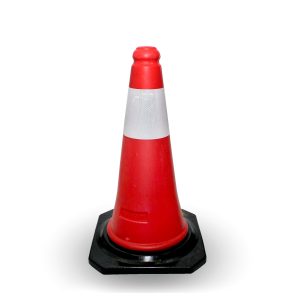
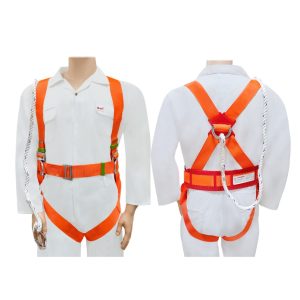
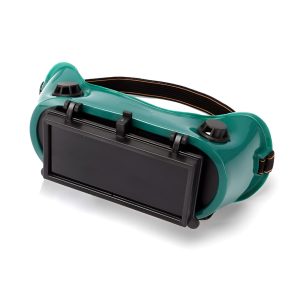
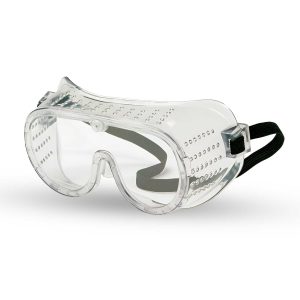
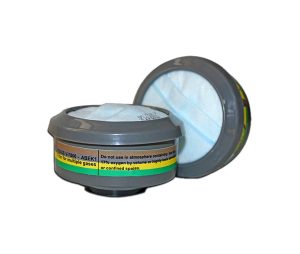
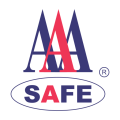

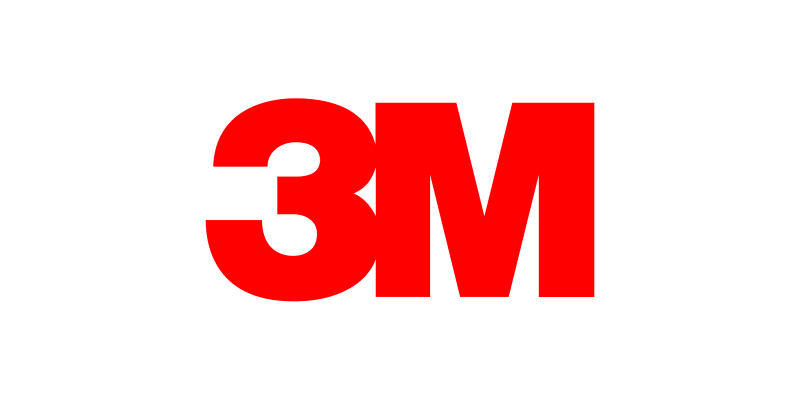
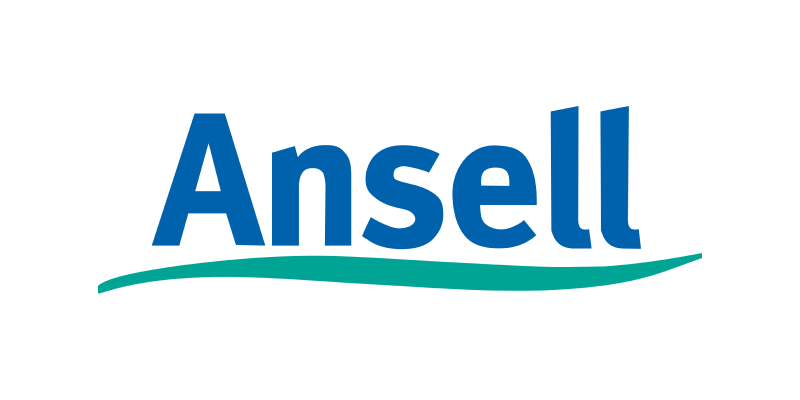
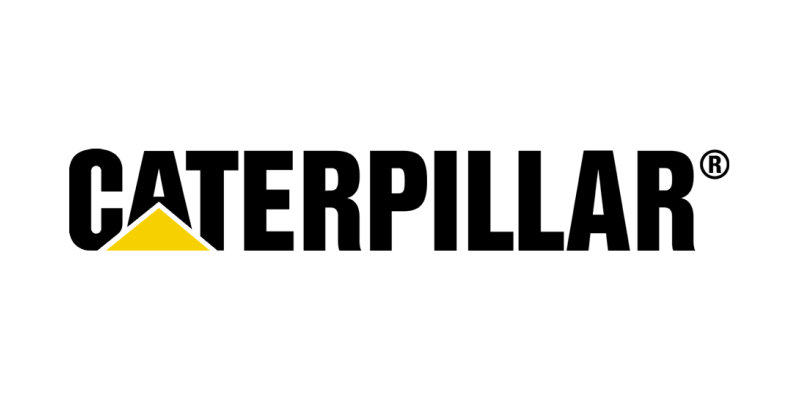
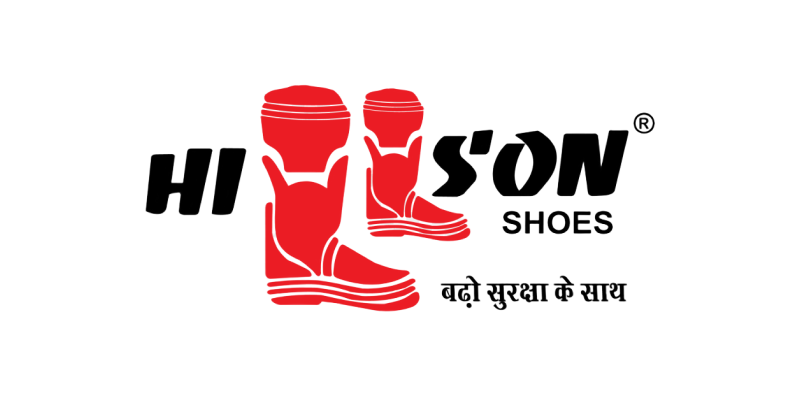
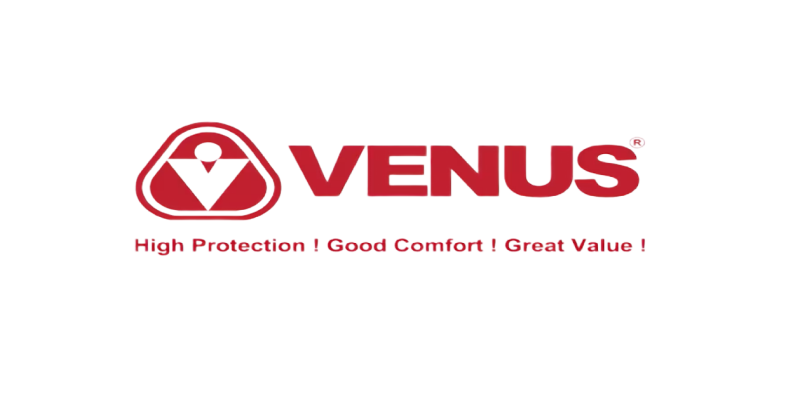
 Online | Privacy policy
Online | Privacy policy